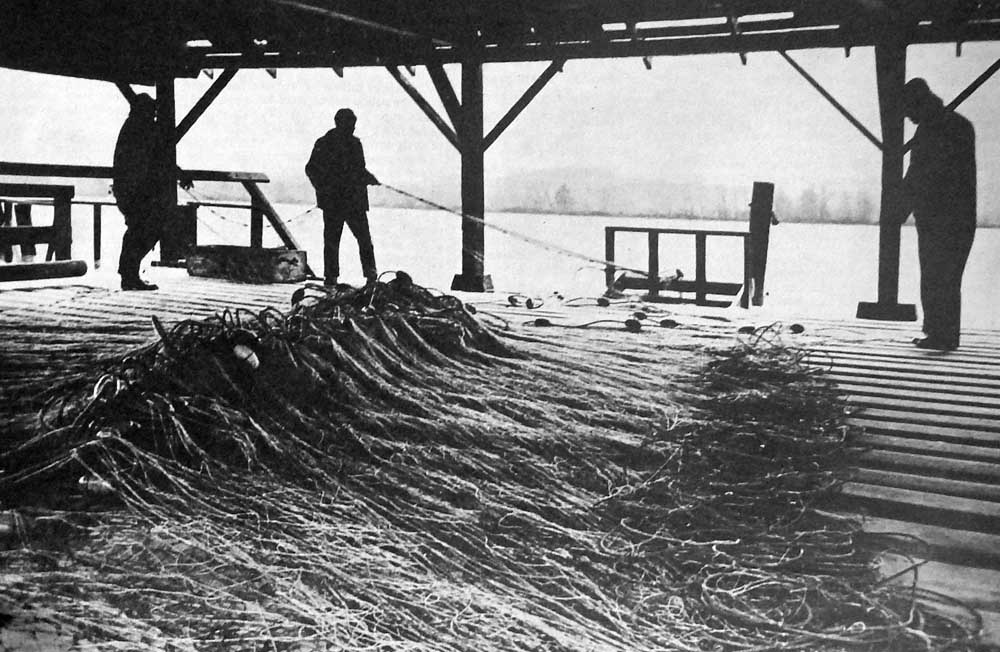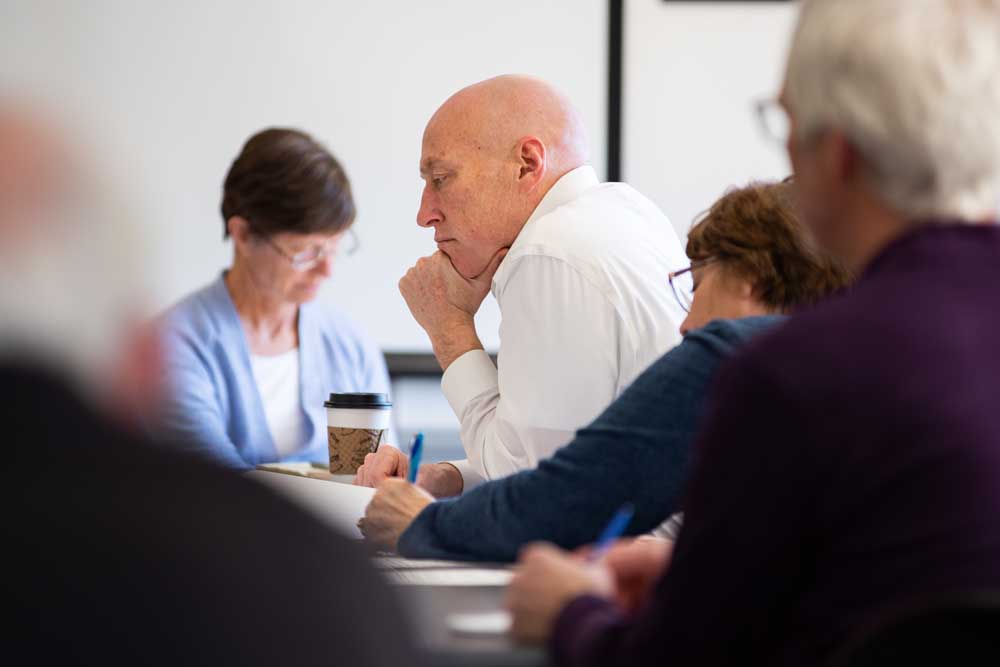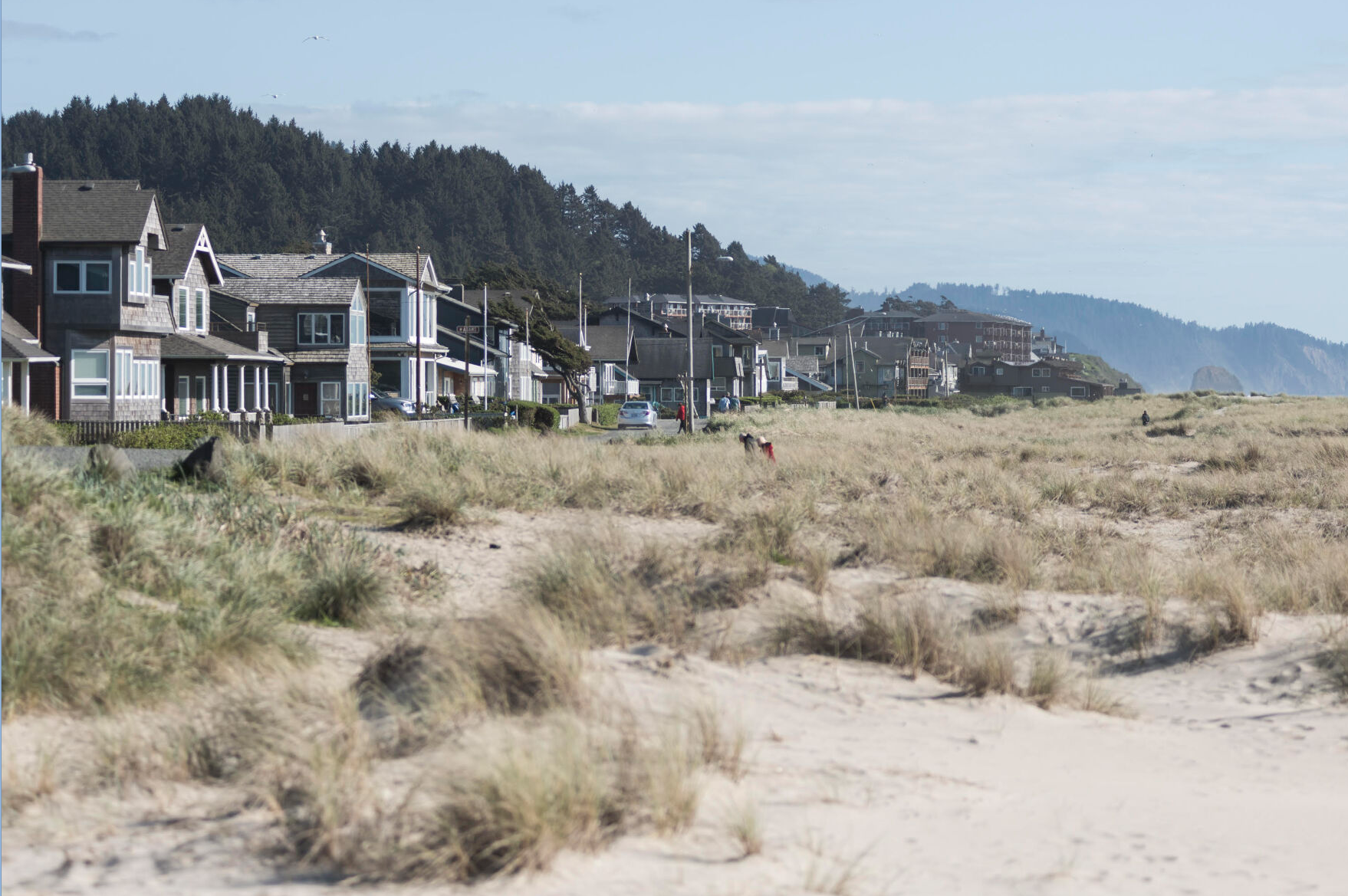Water Under the Bridge: March 4, 2025
Published 12:15 am Tuesday, March 4, 2025

- 1975 — It hasn’t been going the gillnetter’s way this season, and these three made no bones about it as they hauled up their nets after another frustrating fishing day.
10 years ago this week — 2015
Trending
There were somber, nostalgic and comedic goodbyes passing between the salty FisherPoets Sunday at the Astoria Event Center.
More than 80 of them had traveled to Astoria from Oregon, 10 other states, British Columbia and Finland for the 18th annual FisherPoets Gathering, a celebration of commercial fishing and its stories.
COLUMBIA RIVER — Tides, not the amount of water already flowing in the river, will likely determine how much havoc a tsunami will unleash on Columbia River communities, according to a new study by Oregon State University.
Trending
A tsunami that hit during the highest tides of the year would, in general, do the most damage of all.
While water from a major tsunami would barely register 50 miles upriver near Longview, Washington, down at the mouth of the river, the water could rise as much as 13 feet and almost 7 feet within a few miles of Astoria, according to engineers.
BROWNSMEAD — A broken tide gate over a culvert near Grizzly Slough off Penttila Road let water pour toward more than 1,000 acres, including near at least 16 homes, the Brownsmead Grange Hall and livestock.
In response, local landowners, along with the Clatsop No. 1 Drainage Improvement Co, sheriff’s office and U.S. Army Corps of Engineers worked Monday to install a temporary tide gate made of sheet metal.
“It was very successful,” said Clatsop County Commissioner Dirk Rohne, who grew up in Brownsmead. “People worked together and were pretty resourceful when necessity required it. What they did was a technical challenge.”
LONG BEACH, Wash. — A baby orca, its mother and extended family made a return visit to waters directly off the Long Beach Peninsula Thursday afternoon after being photographed at the mouth of Grays Harbor earlier in the day.
In their latest posting, scientists from the National Oceanic and Atmospheric Administration expressed their pleasure at having great success observing and tracking the whales on the outer coast the past two weeks.
The Port of Astoria plans to close its boatyard as early as April, citing pressures from the Oregon Department of Environmental Quality.
The port already operates under an active clean-up plan and has been on DEQ’s radar for pollution issues linked to past and current activities. Recently, it had been ranked under DEQ’s stringent tier II designation.
Under that ranking, the port was required to begin designing a stormwater treatment facility to capture stormwater runoff. But tests revealed high hits of copper, “and the most probable source was paint chips or sanding and chipping (in the boatyard) … and not being able to capture everything,” Port executive director Jim Knight said.
With fines likely to follow as a result, the port entered into a plan with DEQ to discontinue boatyard operations as soon as possible, Knight said.
Meanwhile, staff at the Port of Ilwaco are gearing up for more boats. The closure could send many of the Astoria boatyard’s boats to Ilwaco dry dock facilities.
50 years ago — 1975
The blue and white flag of Finland provided the decorative theme as more than 250 persons banqueted in Suomi Hall Saturday night in celebration of the 93rd anniversary publication of the Kalevala.
The Kalevala, an epic poem handed down for generations orally in Finland, was reduced to writing in 1882.
The dinner was a feast of Finnish dishes, served buffet fashion. Piece de resistance was kadlahan keitto, a stewed beef dish.
Astoria Plywood officials are examining two types of pollution abatement equipment they hope will bring their mill in compliance with new state standards for plywood veneer dryer emissions.
The equipment is designed to reduce the amount of blue haze of particulate emissions expelled into the air during the plywood drying process.
The Oregon Department of Environmental Quality recently adopted new veneer dryer emission standards that limit the opacity of the haze to no more than 10%.
High school wrestling is a lonely sport. It can be six minutes of pure hell or six minutes of exaltation.
The sport, in its style differences, predates the gladiators, and was a one-on-one competition in the ancient era of the Greeks, i.e. Greco wrestling. Roman wrestling came later, hence Greco-Roman grappling.
Amateur wrestling is what it’s all about in thousands of half-filled gyms across the United States as prep eager-beavers go at it, their greatest moment coming with arm upraised in victory.
WARRENTON — Which came first, the chicken or the egg?
At Warrenton Elementary School, they came at the same time. And it wasn’t just one egg, it was 15 of them.
Third grade teacher Gary Bradley said it all began when he approached Warrenton High School student John Lee about buying a matched pair of Japanese show chickens. He wanted them for class mascots.
Bradley picked up the fowl pair, but he also came away with something else – red-headed Henny Penny and her family-to-be of 15.
Lee’s sister Lydia is in Bradley’s class, and Lee thought maybe she and the other students would want to watch the hen hatch her eggs.
He was right. The hen was loaned to the third graders and they spent every spare moment watching the hatching.
75 years ago — 1950
There are two distinct reasons why the town of Hammond is different from any other town in Oregon: it is the nearest town at the mouth of the great Columbia River on the Oregon side, and the only state town adjacent to a fort since Stevens is the only fort in the state.
The town has had its ups and downs, but its residents are used to this and live placidly on. Perhaps no town in the state has been more affected by incidents which in turn have affected the population for a few years — then it goes back to normal.
The first event was the building of the South Jetty in the 1890s. Then came World War I, when every woodshed was rented for living quarters. The town had a breathing spell … and next came World War II.
The town has just settled down again to await the next event, which may be the newly acquired 154 acres of Fort Stevens that has been added to the town’s area in late 1949. This may make the new Hammond more stable.
It cost the state highway department $254,148 to run the Astoria-Megler ferry service in 1949 and the total revenues for the year were $216,198, according to figures submitted by the department, leaving a deficit of $31,230.
In 1948, it cost $240,154 to run the ferries, and receipts were $213,592, leaving a $26,562 deficit for the year, the department reported.
R.H. Baldock, state highway engineer, said the commission had, after 1948, blamed the Columbia River flood and temporary economic recession for a drop in expected traffic that year and had predicted a traffic increase for 1949. Actually, he said, traffic fell about 1.5% under the 1948 total. Vehicular traffic in 1948 was 122,756, and in 1949, it fell to 120,000.
The department had estimated in advance that there would be 130,000 vehicles in 1948 and 132,000 in 1949.
“The deficit of the past two years has been entirely due to loss of traffic from that estimated,” Baldock wrote.
The explosive rocket brought to the Point Adams Coast Guard Lifeboat Station from Seaside Monday was still dangerous when found on the beach by Harold Jenson, Seaside, a U.S. Navy chief gunner said Wednesday.
Sent to Point Adams to dispose of the projectile, the gunner said the object was an anti-tank bazooka rocket, made for the U.S. Army. Where it came from and how it arrived at the Seaside beach was a matter for speculation. The safety pin was still intact, indicating that the rocket had not been fired, the gunner said.
The anti-tank weapon was taken to the Ridge Road area, packed in additional explosives and detonated without incident, Coast Guardsmen reported Thursday.









